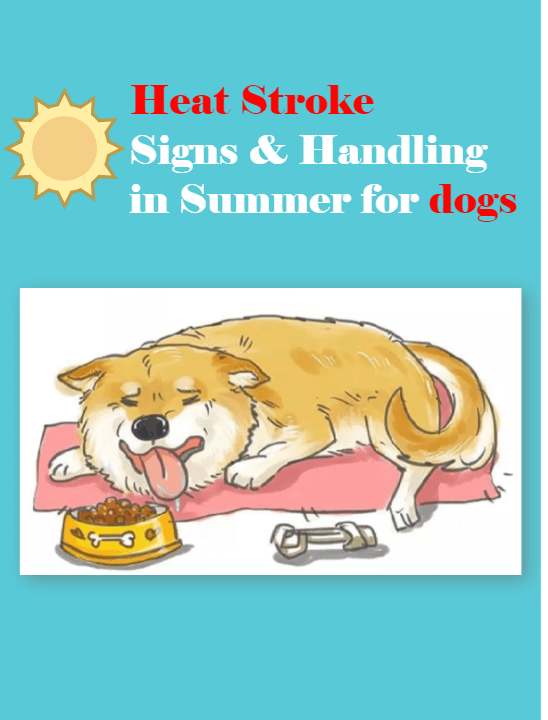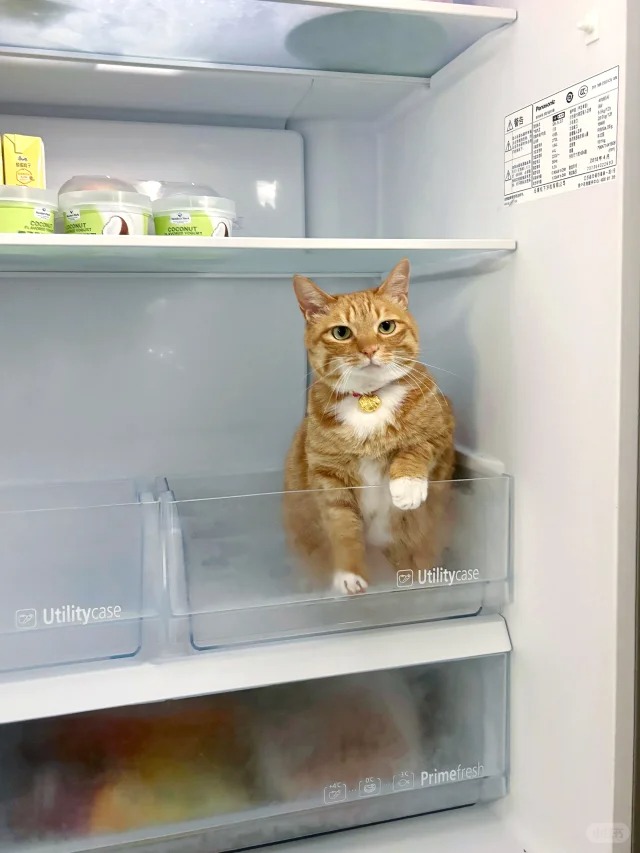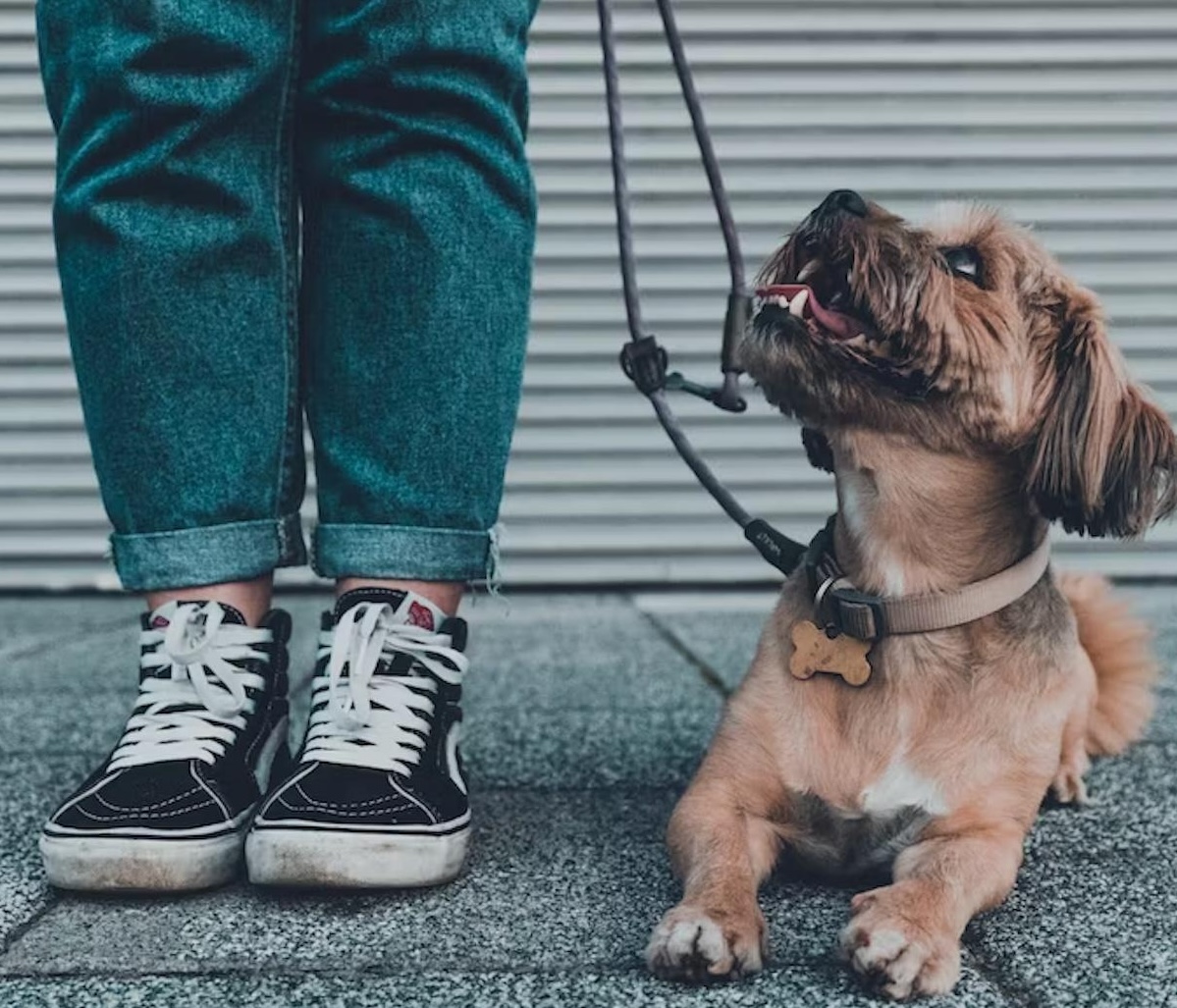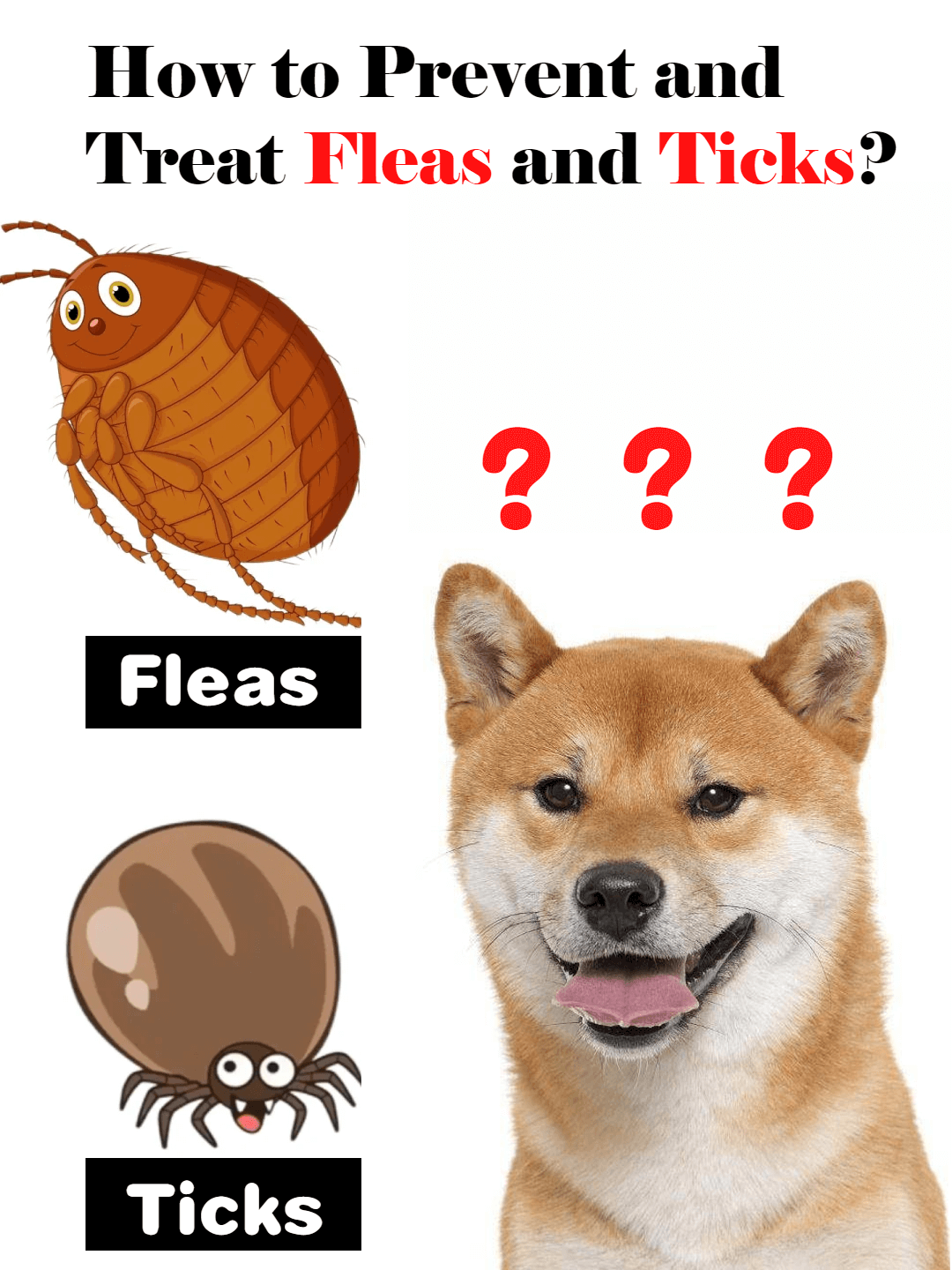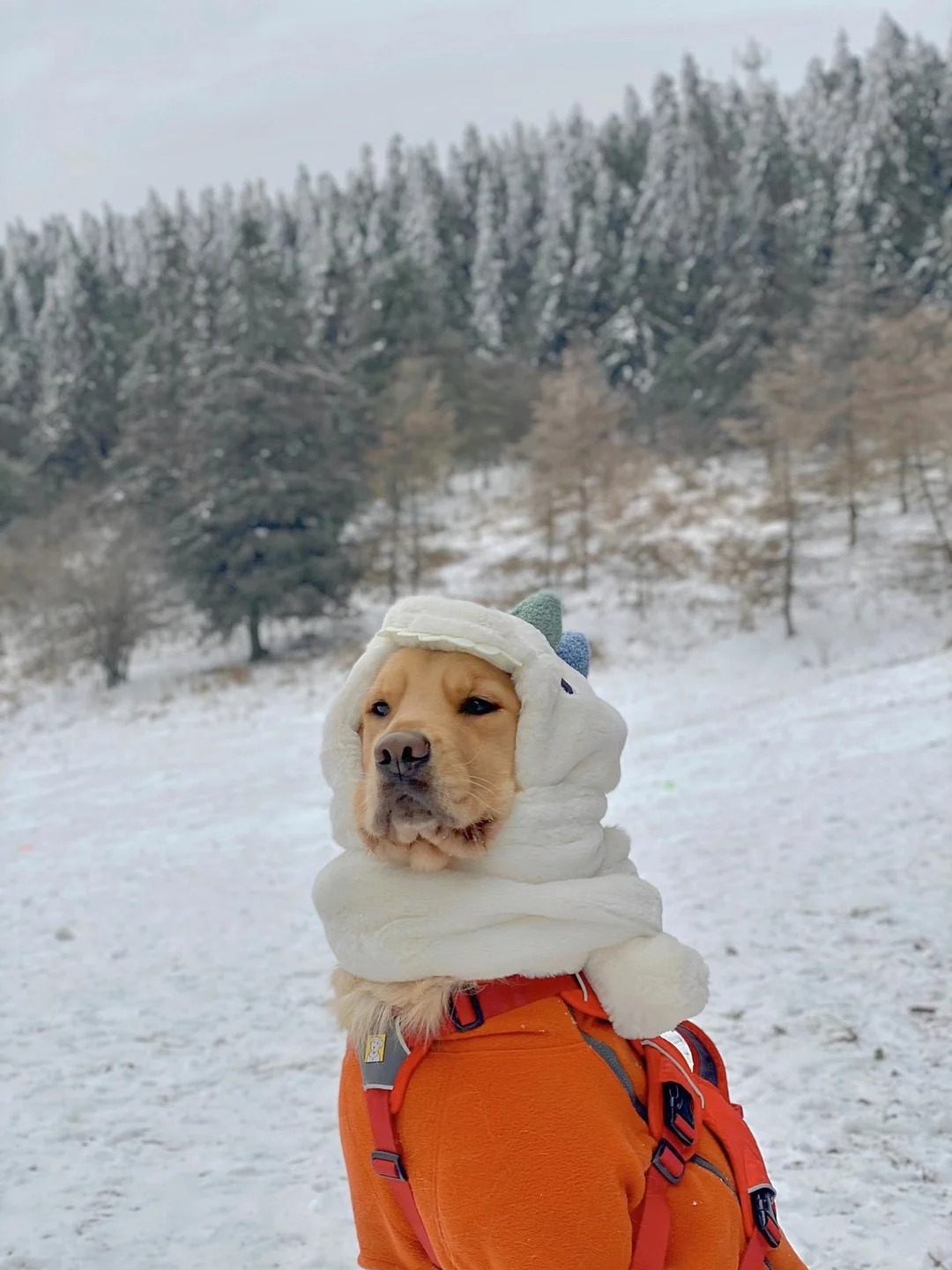Summer is here, and with it comes a potential danger for dogs—heatstroke. Heatstroke is a serious threat, so how can we deal with it?
### Dogs Overheat More Easily Than Humans
Dogs are more prone to heatstroke because they can only sweat from their nose and paw pads, which is minimal and inefficient. Their primary method of cooling down involves rapid panting, utilizing evaporation through their respiratory system to dissipate body heat.
Humans cool down by sweating through sweat glands, but dogs have limited sweat glands on their paw pads, making it hard for them to cool down through sweating when they get hot. Thus, their chances of overheating are much higher than ours.
**Note:** Short-headed or flat-nosed breeds (like Bulldogs), long-haired breeds, and overweight dogs are also more prone to heatstroke.
### Signs of Heatstroke in Dogs
A dog suffering from heatstroke will pant rapidly, drool, vomit, become weak, or even lose mental acuity, failing to respond to its owner's calls.
When body temperature rises to 40.5°C-41°C (104.9°F-105.8°F), it can lead to permanent organ damage. At 42.8°C (109°F), internal organs can suffer rapid heat damage.
Because heatstroke progresses quickly, it's critical for owners to recognize the following symptoms of heatstroke in dogs:
- Excessive, rapid panting, sometimes producing harsh noises
- Rapid heartbeat, sweaty paw pads
- The dog feels hotter than usual, with a rectal temperature of 40°C-43.3°C (104°F-110°F)
- Bright red or dark, dry tongue and gums
- Thick, sticky saliva, vomiting, or bloody diarrhea
- Shock, with lips and mucous membranes turning gray
- Seizures
### Emergency Measures for Heatstroke in Dogs
If you suspect your dog has heatstroke, stay calm and follow these emergency steps to help your dog:
1. **Mild Heatstroke**
- **Symptoms:** Drooling, rapid panting, restlessness.
- **First Aid:** Remove any collars or harnesses restricting your dog. Lower the environmental temperature, offer small amounts of water—don’t let your dog drink rapidly. If available, let your dog lick ice cubes.
2. **Moderate Heatstroke**
- **Symptoms:** Difficulty breathing, lethargy.
- **First Aid:** Wet your dog with cold water or immerse it partially in water. Avoid using ice water, instead, use room temperature tap water. After symptoms relieve, take your dog to the vet.
3. **Severe Heatstroke**
- **Symptoms:** Shock, unconsciousness.
- **First Aid:** Wet your dog with ice water or wrap it in ice-cold towels. You can also use alcohol to wipe down the body, especially the hairless belly area, or cool the rectal area by introducing cold water via enema. Immediately rush to the vet while keeping the pet’s head down, neck extended, and airways clear to prevent vomiting.
### Preventing Heatstroke in Dogs
1. **Climate Control:** In hot weather, keep windows open for ventilation, ensuring your pets stay in a cool, well-ventilated environment. Provide ample water.
2. **Avoid High Temperature Exercise:** Don't exercise your dog in high temperatures, as hot ground can burn their paws. Walk your dog early in the morning when it's cooler.
3. **Diet:** In hot weather, switch to wet or canned dog food to help your dog stay hydrated.
### Common Misconceptions About Heatstroke
1. **Shaving Fur**
- **Does shaving your dog make them cooler? Absolutely not!**
- **Reminder:** The role of dog fur includes:
- Insulation
- Protection against cold air, hot air, bacteria, and injurious objects
- Shielding the skin from direct UV rays
For example, why do ice cream trucks cover their freezers with blankets in summer? To keep the heat out and the inside cool. It's recommended to help your pet shed their coat naturally and consider moderate trimming during summer but avoid shaving down to the skin.
2. **Walking at Night**
- Walking your dog after sunset is a good way to avoid heat. However, sudden exposure to outdoor heat can still cause problems if there is a significant temperature difference between indoors and outdoors. Gradually acclimate your dog to the heat before moving outdoors fully to prevent discomfort or worse.
